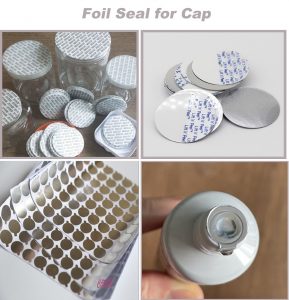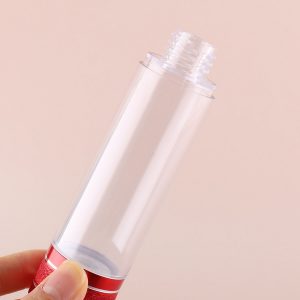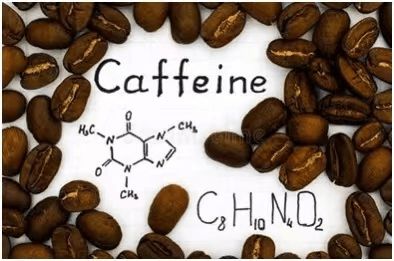PET blow-molded bottles can be divided into two categories: one is pressurized bottles, such as bottles filled with carbonated drinks; the other is unpressurized bottles, such as bottles filled with water, tea, oil, and other beverages. Tea beverage bottles are modified PET bottles or composite bottles of PET and thermoplastic aromatic polyester blended with polyethylene naphthalate (PEN), which belong to the hot bottles category and can withstand temperatures above 80℃. Water bottles belong to the cold bottles category and have no requirement for heat resistance. The molding process for hot and cold bottles is similar. Today, we will mainly discuss the molding process of pressurized beverage bottles in cold bottles.
1, Equipment
With the continuous advancement of technology and the scale of production, the automation level of PET blow molding machines has become increasingly higher, and the production efficiency has also increased. The production capacity of equipment has been continuously improved, from producing thousands of bottles per hour in the past to producing tens of thousands of bottles per hour now. The operation has also developed from the previous manual button operation to the current full computer control, greatly reducing the difficulty of process operation and increasing the stability of the process.
2, Blow-molding process
The important factors affecting the PET bottle blow-molding process include the preform, heating, pre-blowing, mold, and environment, etc.
3, Preform
When preparing blow-molded bottles, PET chips are first injection molded into preforms, which require that the proportion of recycled materials for secondary use should not be too high (less than 5%), the number of recycling times should not exceed two times, and the molecular weight and viscosity should not be too low (molecular weight 31,000-50,000, intrinsic viscosity 0.78-0.85 cm3/g). The injection-molded preforms need to be stored for more than 48 hours before use. Preforms that have not been used after heating must be stored for more than 48 hours before being reheated for use. The storage time of preforms cannot exceed six months.
The quality of preforms depends largely on the quality of PET materials. Materials that are easy to blow and shape should be selected, and a reasonable preform molding process should be developed. Experiments have shown that preforms made from PET materials with the same viscosity, imported raw materials are easier to blow and shape than domestic materials, and preforms from the same batch, but with different production dates, may also have significant differences in blow molding process. The quality of the preform determines the difficulty of the blow-molding process, and the requirements for the preform are purity, transparency, no impurities, no off-color, and appropriate injection point length and peripheral halo.
4, Heating
The preform is heated in a heating oven, the temperature of which is manually set and automatically adjusted. Far-infrared lamps in the oven radiate the preform with far-infrared rays, and the bottom fan circulates heat in the oven, making the temperature inside the oven uniform. The preform moves forward in the oven while rotating, making the preform wall evenly heated.
The arrangement of the lamps in the oven is generally in the shape of a “zone” from top to bottom, with more lamps at both ends and fewer in the middle. The oven temperature is controlled by the number of lamps opened, the overall temperature setting, the oven power, and the heating ratio of each section. The opening of the lamps should be adjusted in combination with the pre-blowing bottle.
To make the oven work better, it is important to adjust the height and cooling plate properly. If the adjustment is not appropriate, defects such as swollen bottle mouths.
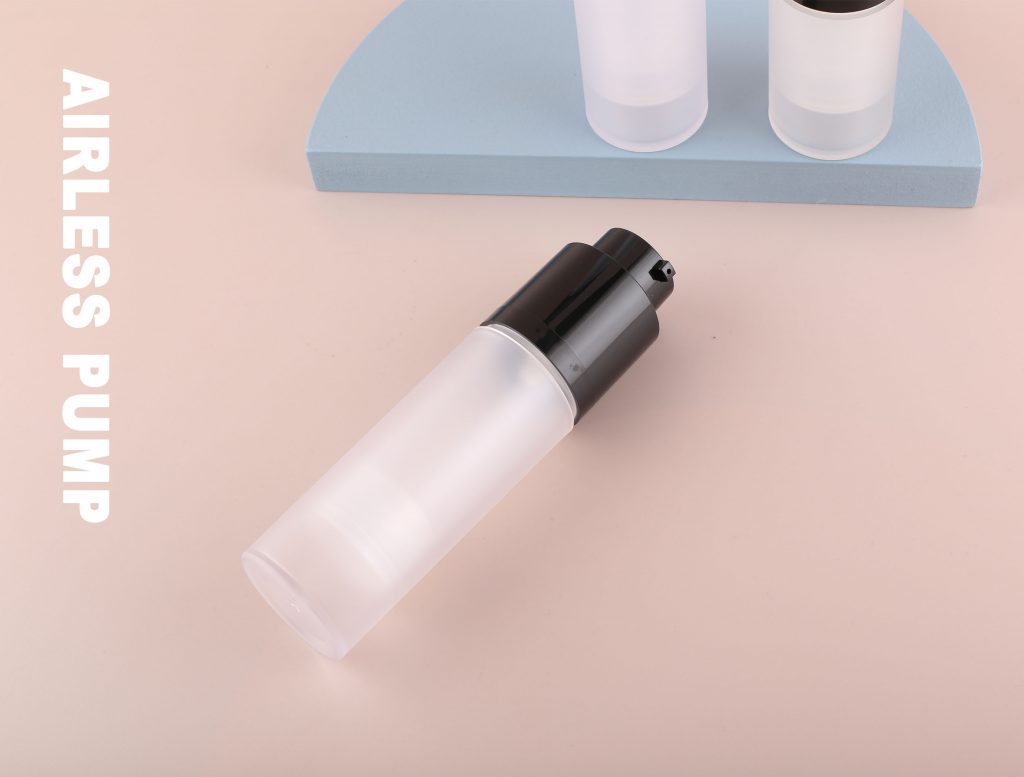 When we need to use it, a gentle pump dispenses the desired skincare product. This airless bottle is suitable for lotions, serums, liquid foundations, eye creams, and other skincare products that are not excessively viscous or too fluid.
When we need to use it, a gentle pump dispenses the desired skincare product. This airless bottle is suitable for lotions, serums, liquid foundations, eye creams, and other skincare products that are not excessively viscous or too fluid.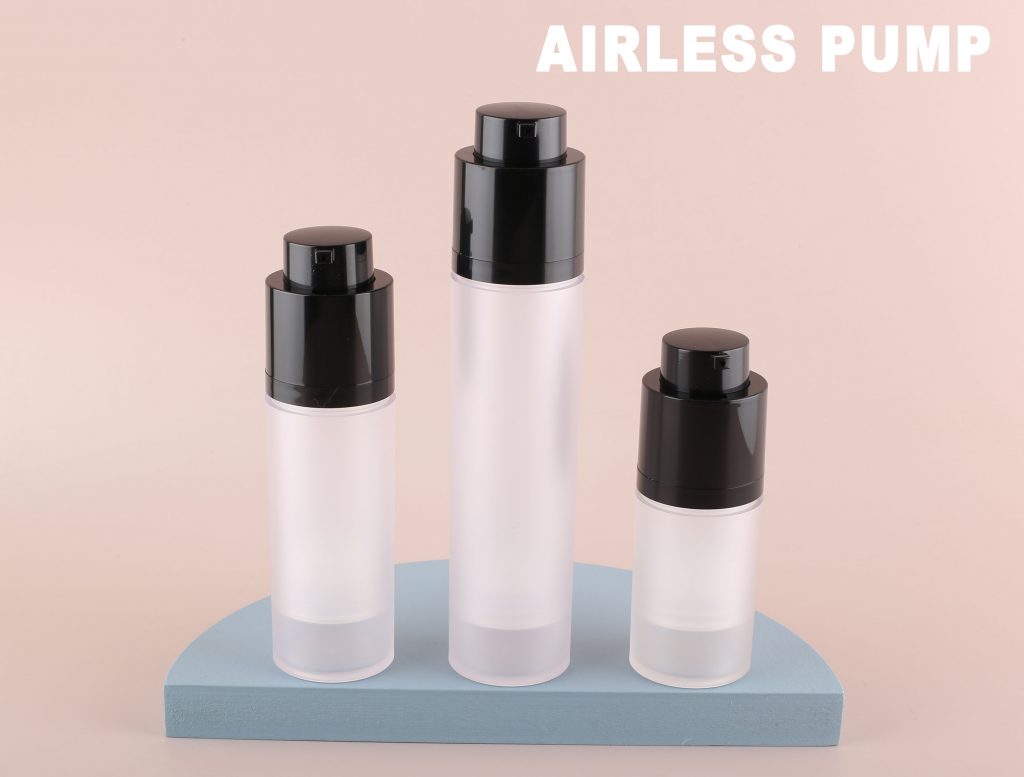 The small hole at the bottom of the bottle allows for adjustable positioning of the vacuum piston to meet different capacity needs.
The small hole at the bottom of the bottle allows for adjustable positioning of the vacuum piston to meet different capacity needs.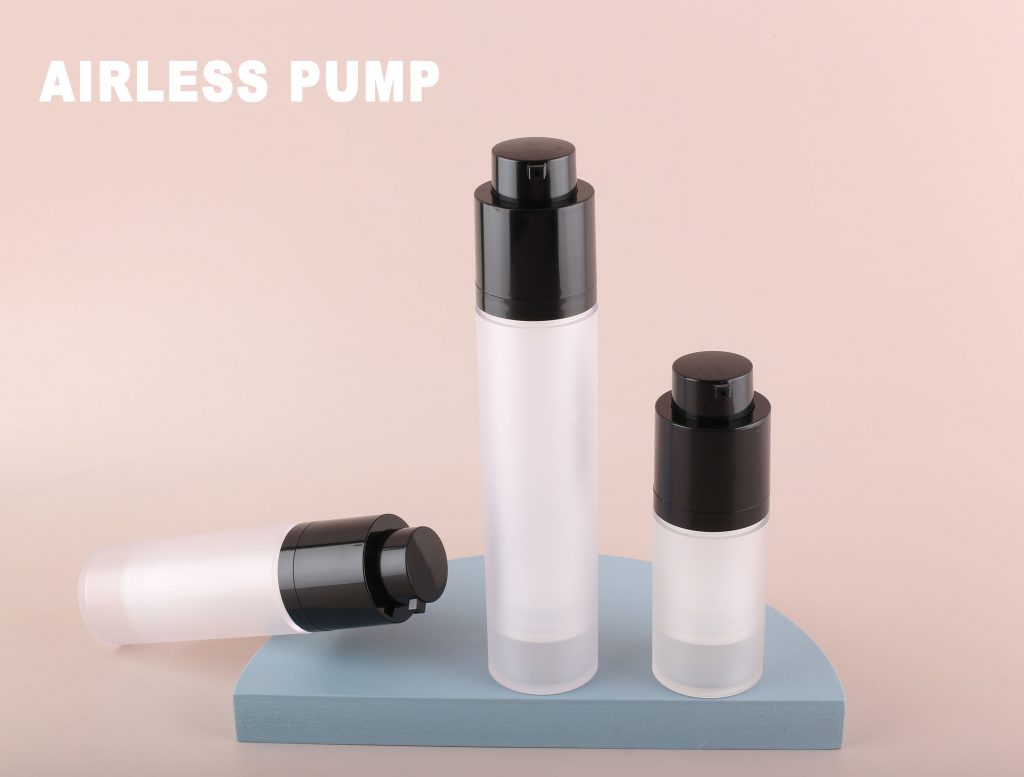
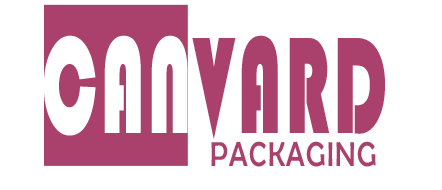

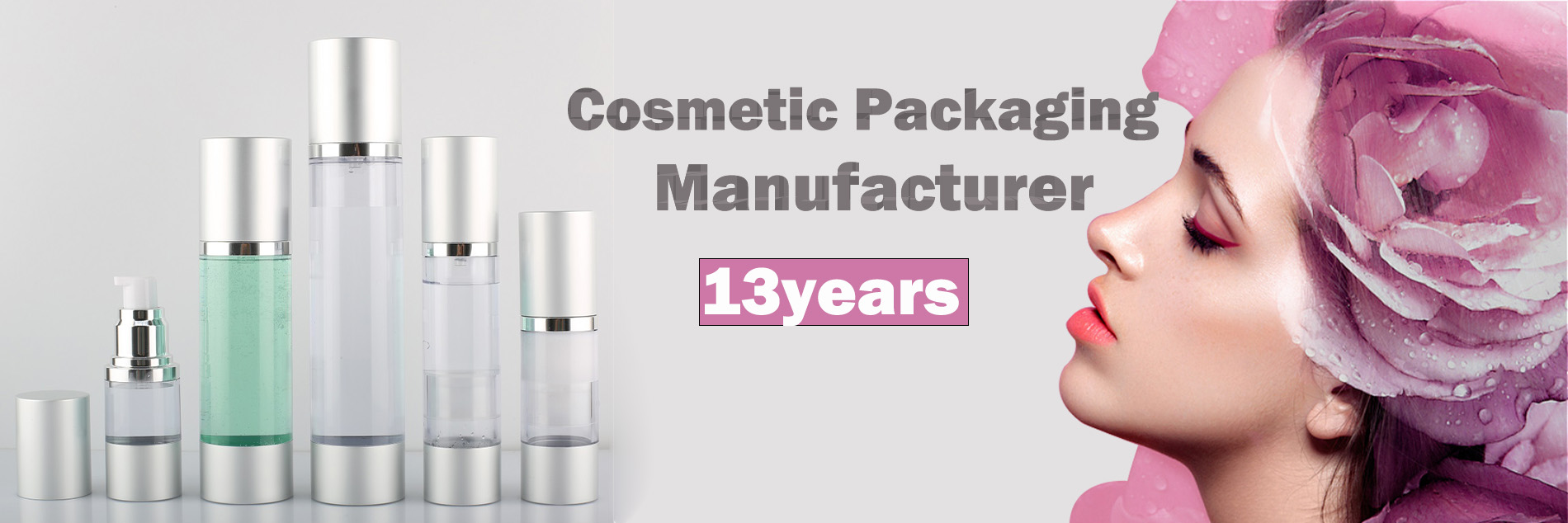
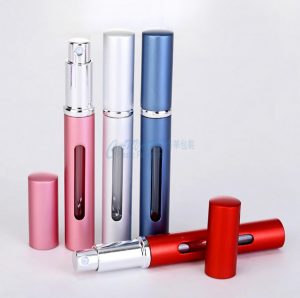 According to the regulations outlined in the “Civil Aviation Administration: FAQ on Passenger Carry-on Baggage Security Measures,” passengers are not allowed to carry perfume bottles with an individual volume exceeding 100 milliliters (mL). The perfume must be placed in a transparent plastic bag with a maximum size of 20x20cm, which can be resealed (only one sealed bag containing liquid containers is allowed). The total volume of liquid within the sealed bag in the carry-on baggage must not exceed 1 liter (L).
According to the regulations outlined in the “Civil Aviation Administration: FAQ on Passenger Carry-on Baggage Security Measures,” passengers are not allowed to carry perfume bottles with an individual volume exceeding 100 milliliters (mL). The perfume must be placed in a transparent plastic bag with a maximum size of 20x20cm, which can be resealed (only one sealed bag containing liquid containers is allowed). The total volume of liquid within the sealed bag in the carry-on baggage must not exceed 1 liter (L).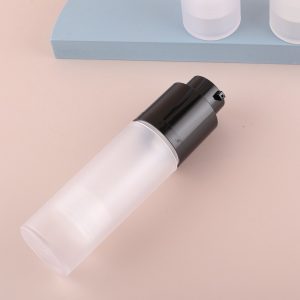 Another advantage of airless pump packaging bottles is that they allow for the transfer of large volumes of cosmetics or skincare products into smaller containers. This is particularly useful for carrying personal care products during travel or outings. You can transfer the desired amount into smaller bottles, making them convenient to carry and use without having to carry the entire large bottle. This not only saves space but also reduces the weight of your luggage.
Another advantage of airless pump packaging bottles is that they allow for the transfer of large volumes of cosmetics or skincare products into smaller containers. This is particularly useful for carrying personal care products during travel or outings. You can transfer the desired amount into smaller bottles, making them convenient to carry and use without having to carry the entire large bottle. This not only saves space but also reduces the weight of your luggage.

